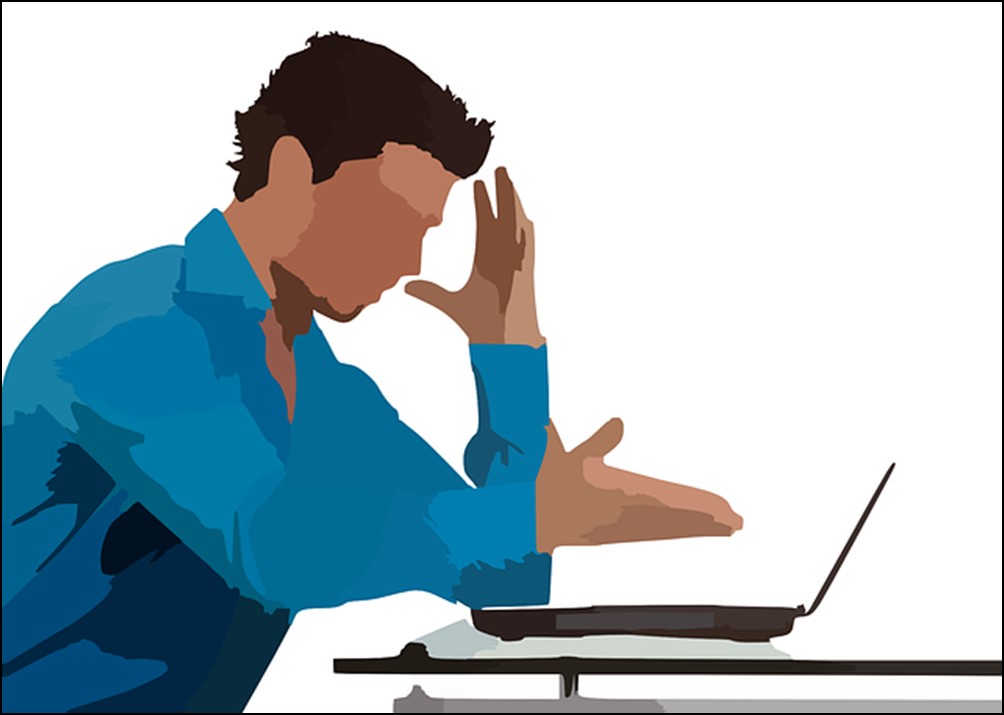
Follow this guide for great computer repair tips!
One of the most common and frequent problems that face many users is a slow, sluggish and unresponsive computer. Thankfully, computer repair is possible and there are actions that can be performed to help alleviate or remove the problem completely. These actions are: cleaning up and removing unnecessary data, optimizing the system, maintaining the hard drive, checking for malware and finally, upgrading the hardware.
1. Cleaning
Cleaning up old and unnecessary data is one of the most common and simplest ways to speed up a computer as a full hard drive can cause massive performance issues. The most common form of cleaning up a computer is uninstalling unused and unwanted software that we tend to accumulate slowly over time. The second most common form of cleaning is deleting old files. If you have trouble finding what files to delete or don’t know where to start, Windows has a built-in tool that can help called ‘Disk Cleanup.’ This tool will automatically search for and display all the potential files that you can delete. To run ‘Disk Cleanup’ you type it in the search box and then select the app of the same name. It will then open a small window with multiple locations that you can checkmark. Checkmark the files you want removed and then press the okay button.
2. Optimization
Optimizing the system is relatively simple and straightforward. Computers that start up slowly can often trace their problem to having too many and unnecessary applications running at startup. To disable them, open task manager and then select the ‘Startup’ tab. From that tab, select the desired applications you want to disable and then click the ‘disable’ button at the bottom. Windows includes a built-in disk optimization tool. To access it, type in the search box ‘Defragment and Optimize Drives’ and then select the app of the same name. Once it is selected, a window will pop up, and you will have the option of analyzing or optimizing all available drives. Select the desired drive and press the optimize button. If you are using a traditional Hard Disk Drive (HDD), you can also defragment (defrag) it. Some developers provide their own optimization software such as Norton AV, Lenova and Dell computers. However, in the case of Dell and Lenova, you will need to be using their brand of computer.
3. CHKDSK
If you feel comfortable, you can run CHKDSK. CHKDSK is a built-in tool provided by Microsoft for basic computer repair and it is used to check the integrity and health of the storage device. There are two ways to activate CHKDSK. The first is going into the properties of the drive itself and the second is running it from the command-line (CMD). To run CHKDSK from the drive properties menu go into ‘File Explorer’ and from there go to ‘This PC’ and right-click the desired drive. From the drop-down menu select properties and go to tools and select error checking at the top. To activate CHKDSK from the CMD type cmd in the search box and then run it as an administrator. Once you open the cmd, type CHKDSK /r. This will read the disk and fix any bad sectors it finds. You can also just check for bad sectors by running CHKDSK without the /r. Please note you will have to restart your PC once you run the CHKDSK /r command. You can also select a specific drive by including it after the CHKDSK command (CHKDSK C: /r to check the C drive).
4. Malware
Malware, spyware, and adware can significantly slow down your system even if everything else seems normal. The most common method is to run your relevant anti-virus software you have installed and if not you can run the built-in ‘Windows Defender’ program that comes with Windows. Other free antivirus software includes Super Anti-Spyware, Malwarebytes, Webroot, and McAfee.
5. Upgrade
Upgrading and replacing a PC’s hardware can greatly increase the speed and performance of a particular system. A common upgrade, in basic computer repair, is increasing or upgrading the RAM of a computer. Another sure fire way to increase speed and reliability, especially for older computers, is to replace the HDD with a newer Solid State Drive (SSD). Unlike an HDD which uses slower mechanical moving parts. SSD’s use flash memory instead which makes read and write times exponentially faster. If you upgrade your HDD to an SSD you don’t have to worry about losing data as disk cloning software can replicate your old hard drive to your new one.
As you can see, there are many ways to improve the performance of your computer. Some of which can be done with the preinstalled software included with your copy of Windows. If you ever feel like your PC is not working as fast or is as responsive as you remember it. Give several or all of these options presented in this article a try. Your computer should work hard, not you.
This article was written by Luke Greer, AEH Solutions Lead Technician.
It is common for AEH Solutions, LLC. technicians to use software to help speed up and repair a computer or hard drive with commonly available software like SUPERAntiSpyware. As a proud reseller, please ask us how we can repair your computer with SUPERAntiSpyware found here – https://www.superantispyware.com/
To find out more about how we can help with your computer repair needs, please visit us at http://aehsolutions.com/contact-us/.